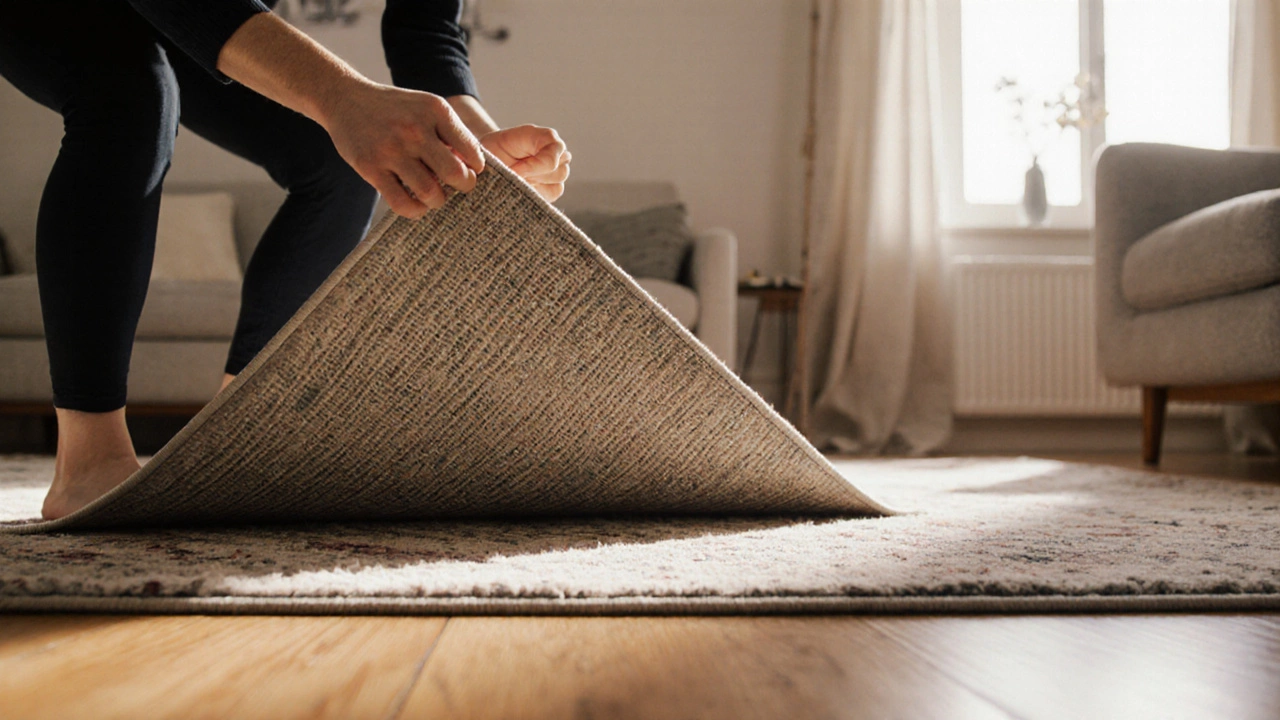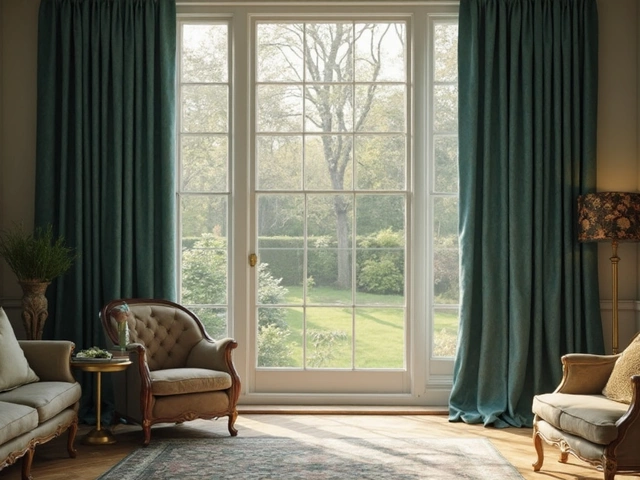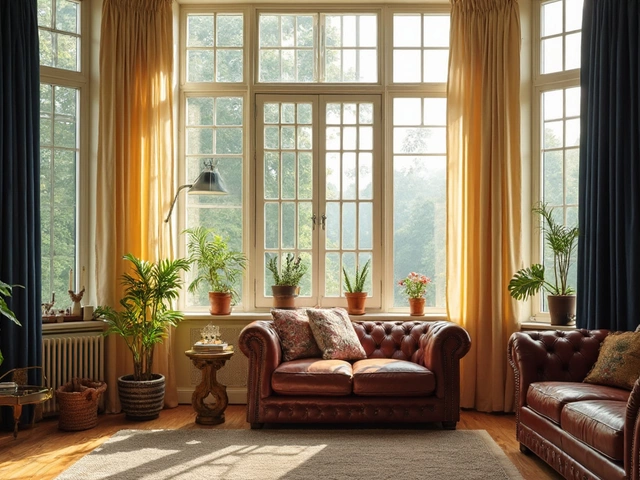Rug Quality: How to Spot the Best Floor Coverings
When evaluating rug quality, the overall durability, feel and visual appeal of a floor covering. Also known as floor covering quality, it determines how long a piece will last in a busy household. Two factors drive that quality: rug material, the fibers or yarns used, such as wool, cotton, synthetic blends and rug construction, the method of joining fibers—hand‑knotted, tufted, flat‑weave, or woven. Together they shape the rug’s look, feel and lifespan. Understanding these basics helps you avoid cheap look‑alikes that fall apart after a few months.
Why Material Matters
Wool remains the benchmark for premium rug quality because it’s naturally resilient, stain‑resistant and soft underfoot. Cotton offers a crisp, lightweight option but can wear thin if traffic is heavy. Synthetic fibers like polypropylene and polyester mimic wool’s look at a lower cost, yet they may flatten over time. Natural blends—jute, sisal, bamboo—add texture and eco‑friendly vibes, though they’re best for low‑traffic rooms. When you match material to the room’s use, you get a rug that maintains its appearance and performance.
Construction adds another layer of insight. Hand‑knotted rugs, where each knot is tied individually, deliver the highest durability; they can survive generations if cared for. Tufted rugs are made by punching yarn through a backing, then securing with adhesive—fast and affordable, but the backing can wear out. Flat‑weave styles, such as kilims, are thin and flexible, great for casual spaces but prone to fraying at the edges. Knowing whether a rug is stitched, woven or glued tells you how it will handle foot traffic and cleaning.
Price ties directly to those choices. A small hand‑knotted wool rug can cost several thousand pounds, while a 5‑meter polypropylene rug may sit under £100. Hidden costs include backing material, shipment and potential padding. High‑quality rugs often need a proper rug pad to protect both floor and rug, adding to the overall investment. By breaking down material, construction and size, you can see why a price tag reflects real value rather than just a label.
Maintenance rounds out the picture. Wool and natural fibers benefit from gentle vacuuming and occasional professional cleaning; they resist odors and stains naturally. Synthetic rugs tolerate harsher cleaners and faster drying times, making them ideal for families with kids or pets. Flat‑weave rugs can be shaken out and spot‑cleaned, but they don’t hide spills well. Choosing a rug whose care routine fits your lifestyle preserves its quality and extends its life. Below, you’ll find a curated set of articles that drill deeper into each of these aspects—material guides, construction breakdowns, budgeting tips and cleaning hacks—so you can pick a rug that truly meets your needs.

Reading the Back of a Rug: What It Reveals About Quality, Age, and Care
Learn how the back of a rug reveals its construction, quality, age, and care tips, with practical checks and a backing comparison guide.
Categories
- Storage (27)
- Bathroom (18)
- Sofas (15)
- Curtains (15)
- Home Decor (12)
- Bedding (11)
- Kitchenware (10)
- Cushions (10)
- Mirrors (10)
- Rugs (9)
Popular Articles



